This article was medically reviewed by Luba Lee, FNP-BC, MS. Luba Lee, FNP-BC is a Board-Certified Family Nurse Practitioner (FNP) and educator in Tennessee with over a decade of clinical experience. Luba has certifications in Pediatric Advanced Life Support (PALS), Emergency Medicine, Advanced Cardiac Life Support (ACLS), Team Building, and Critical Care Nursing. She received her Master of Science in Nursing (MSN) from the University of Tennessee in 2006.
There are 9 references cited in this article, which can be found at the bottom of the page.
This article has been viewed 46,875 times.
Small cuts, scratches, scrapes, and puncture wounds can be very painful, even if they aren’t very serious. The first step for any first aid is to clean off the cut so that you can figure out how serious it is, and what you do next. Cleaning a wound properly can help minimize infection, pain, inflammation, and other complications.
Steps
Cleaning a Cut or Scrape
-
1Wash your hands. If you are going to be putting your hands near an open cut, whether on you or someone else, your hands should be clean. Wash with soap and water, and dry off before handling any bandages or ointments.[1]
- If you don’t have water, an antibacterial cleanser will do the trick in a pinch. Water is better, but the important thing is to keep your hands clean to avoid infecting the wound.
- If disposable protective gloves are available, go ahead and use them. They aren’t necessary, but anything to help prevent infection is a good idea.
-
2Wash the cut. Use water to rinse out the cut, and use soap to help clean your wound and the area around it. Try to keep soap out of the cut. [2]
- Washing the cut is also important because it will let you see how big it is. If it is especially large or deep, contact a doctor before trying to apply a bandage on your own.[3]
Advertisement -
3Apply pressure to stop the bleeding. Make sure the cut isn’t bleeding anymore before you start to put on any ointments or bandages. Hold a sterile bandage or clean cloth on the cut until it clots and the bleeding stops.[4]
- If the cut is really small, a tissue might be enough to soak up the blood. If you can get a clean cloth, though, that is better.
- Don’t pull off the cloth or gauze to check on the wound until the bleeding has definitely stopped. That can cause the bleeding to restart.
- If blood starts to seep through, and the cloth or gauze has gotten soaked, don’t remove it from the cut. Simply add more on top, and keep up the pressure.
-
4Use an antibiotic cream. Pat the area dry with a clean paper towel or cloth. Spread a thin layer of antibiotic cream over the cut to help prevent further infection. Something simple like Neosporin or Polysporin should be more than enough.[5]
- If you don’t have any antibiotic ointment, use petroleum jelly instead to help prevent an infection.
- Some people are allergic to certain ointments, which cause a mild rash to appear on the skin. If the person starts to get a rash, stop using the ointment.
-
5Put a bandage over the cut. You can either apply a band-aid, or hold a piece of gauze there and wrap it with medical tape or a larger bandage. This will help keep the wound clean and keep bacteria out.[6]
- Make sure your bandage covers the entire wound. If there are parts that the bandage can’t cover, use another one.
- If the wound is a scrape or scratch, and hasn’t broken the skin or drawn blood, you don’t need to apply a bandage.
Cleaning a Puncture Wound
-
1Wash your hands and stop the bleeding. Wash up with soap and water to help prevent infections.[7] Then hold a clean cloth or bandage over the wound until the bleeding stops.[8]
- Don’t pull off the cloth or gauze to check on the wound until the bleeding has definitely stopped. That can cause the bleeding to restart.
- If blood starts to seep through, and the cloth or gauze has gotten soaked, don’t remove it from the cut. Simply add more on top, and keep up the pressure.
-
2Rinse the wound under running water. A puncture wound is going to be deeper than a cut. Hold your wound under the running water for about 5 minutes to really rinse it out. Once you are finished, wash your wound and the area around it with soap.[9]
-
3Look for anything in the wound. This could be dirt, splinters, the object that caused the wound, really anything that shouldn’t be there. You don’t want any foreign object in the wound, as it could lead to an infection, or prevent proper healing. However, if the puncture is deep and has the object that caused it still inside, leave that object in and go to the hospital. Removing it will cause more bleeding.[10]
- If you do find something, don’t use your fingers to remove it. Instead, a pair of tweezers cleaned in rubbing alcohol should be enough to get out bits that won’t wash away.
- Be careful not to poke in the wound. Reaching your finger, or the tweezers, or anything else into the puncture wound will only make it worse.
-
4Put a clear ointment over the cut. Put a thin layer of antibiotic cream over the cut to promote healing and prevent an infection. If you don’t have an antibiotic ointment, opt for petroleum jelly instead.[11]
- If the cut continues to bleed, cover it with a bandage. Change the bandage often to help drain and clean your wound. You should also contact your doctor for additional treatment or if you notice signs of infection, such as redness, pain, or swelling around the wound.
Expert Q&A
-
QuestionWhat do I do if the scratches are really deep? What happens if they get infected?
 Luba Lee, FNP-BC, MSLuba Lee, FNP-BC is a Board-Certified Family Nurse Practitioner (FNP) and educator in Tennessee with over a decade of clinical experience. Luba has certifications in Pediatric Advanced Life Support (PALS), Emergency Medicine, Advanced Cardiac Life Support (ACLS), Team Building, and Critical Care Nursing. She received her Master of Science in Nursing (MSN) from the University of Tennessee in 2006.
Luba Lee, FNP-BC, MSLuba Lee, FNP-BC is a Board-Certified Family Nurse Practitioner (FNP) and educator in Tennessee with over a decade of clinical experience. Luba has certifications in Pediatric Advanced Life Support (PALS), Emergency Medicine, Advanced Cardiac Life Support (ACLS), Team Building, and Critical Care Nursing. She received her Master of Science in Nursing (MSN) from the University of Tennessee in 2006.
Board-Certified Family Nurse Practitioner If your scratches got infected and are not getting better with the steps above, you may need to see your doctor for a further evaluation and treatment plan.
If your scratches got infected and are not getting better with the steps above, you may need to see your doctor for a further evaluation and treatment plan.
Warnings
- Avoid breathing on an open wound. You won’t be able to blow off dirt or other debris, instead you will just make it more likely the wound will get infected.⧼thumbs_response⧽
- If the wound is large, deep, or bleeding severely, call 911 for emergency services right away.⧼thumbs_response⧽
- If the wound was caused by a rusted item, another metal object like a fishhook or nail, or an animal bite, contact a doctor right away.⧼thumbs_response⧽
References
- ↑ https://www.nhs.uk/common-health-questions/accidents-first-aid-and-treatments/how-do-i-clean-a-wound/
- ↑ https://medlineplus.gov/ency/article/000043.htm
- ↑ http://kidshealth.org/en/parents/bleeding.html
- ↑ https://myhealth.alberta.ca/Health/Pages/conditions.aspx?hwid=zm6160&
- ↑ https://www.urmc.rochester.edu/encyclopedia/content.aspx?contenttypeid=1&contentid=2978
- ↑ https://medlineplus.gov/ency/article/000043.htm
- ↑ https://www.cdc.gov/healthywater/hygiene/hand/handwashing.html
- ↑ https://www.health.harvard.edu/staying-healthy/emergencies-and-first-aid-direct-pressure-to-stop-bleeding
- ↑ https://www.urmc.rochester.edu/encyclopedia/content.aspx?contenttypeid=1&contentid=2978
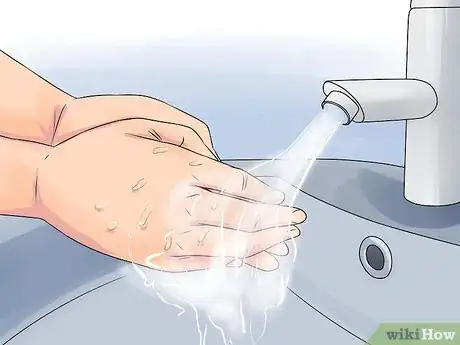


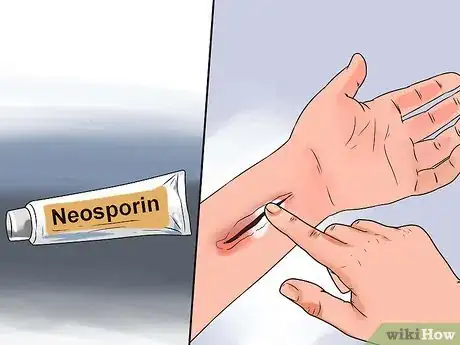
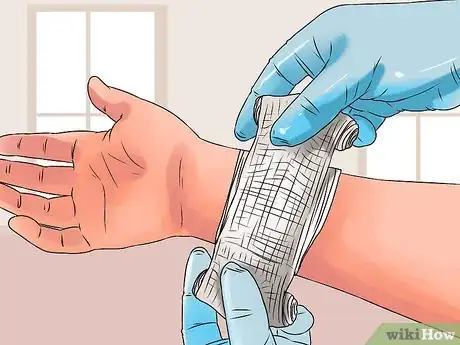
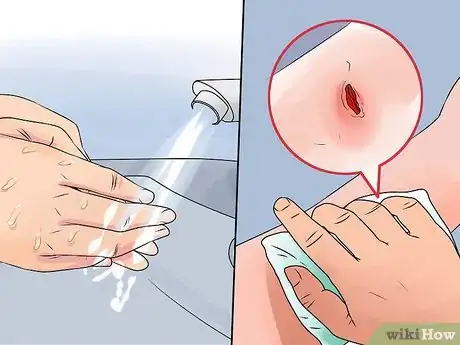
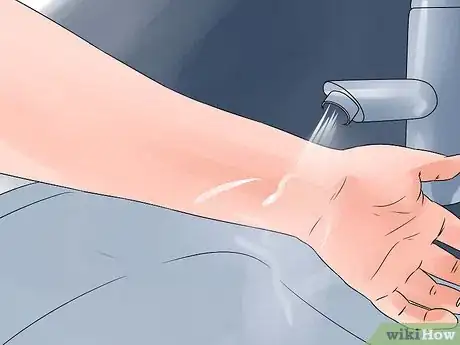
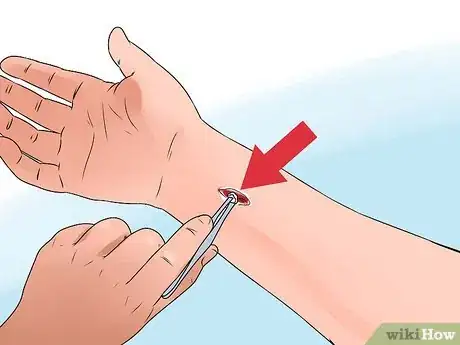
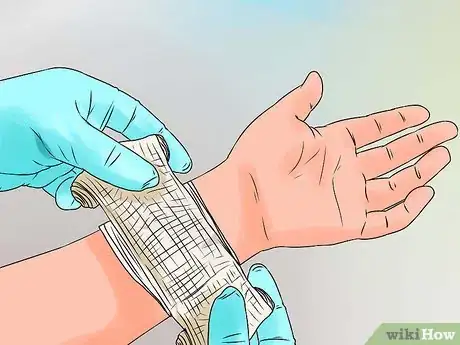

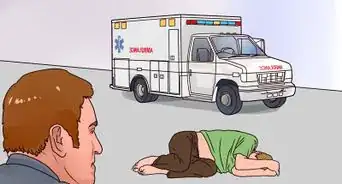
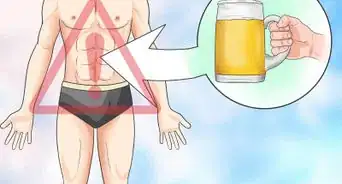
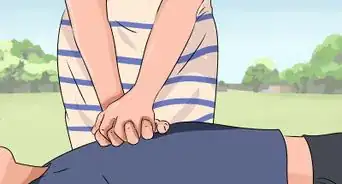

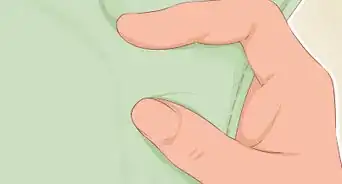
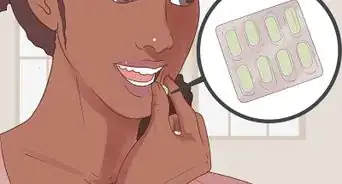

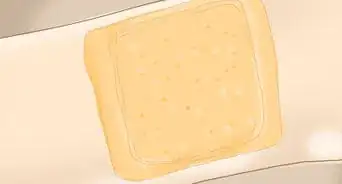









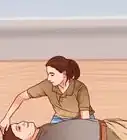
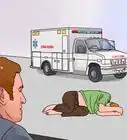
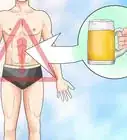




































Medical Disclaimer
The content of this article is not intended to be a substitute for professional medical advice, examination, diagnosis, or treatment. You should always contact your doctor or other qualified healthcare professional before starting, changing, or stopping any kind of health treatment.
Read More...